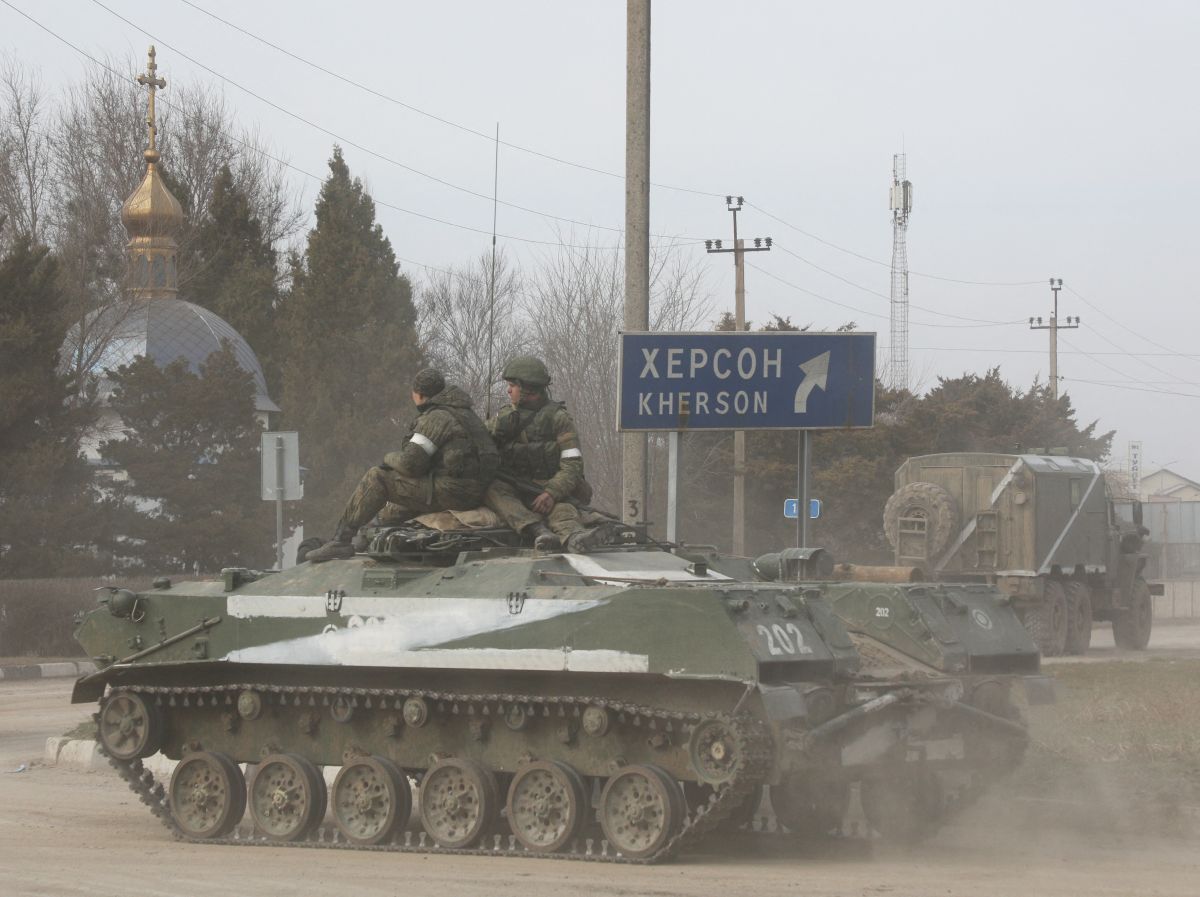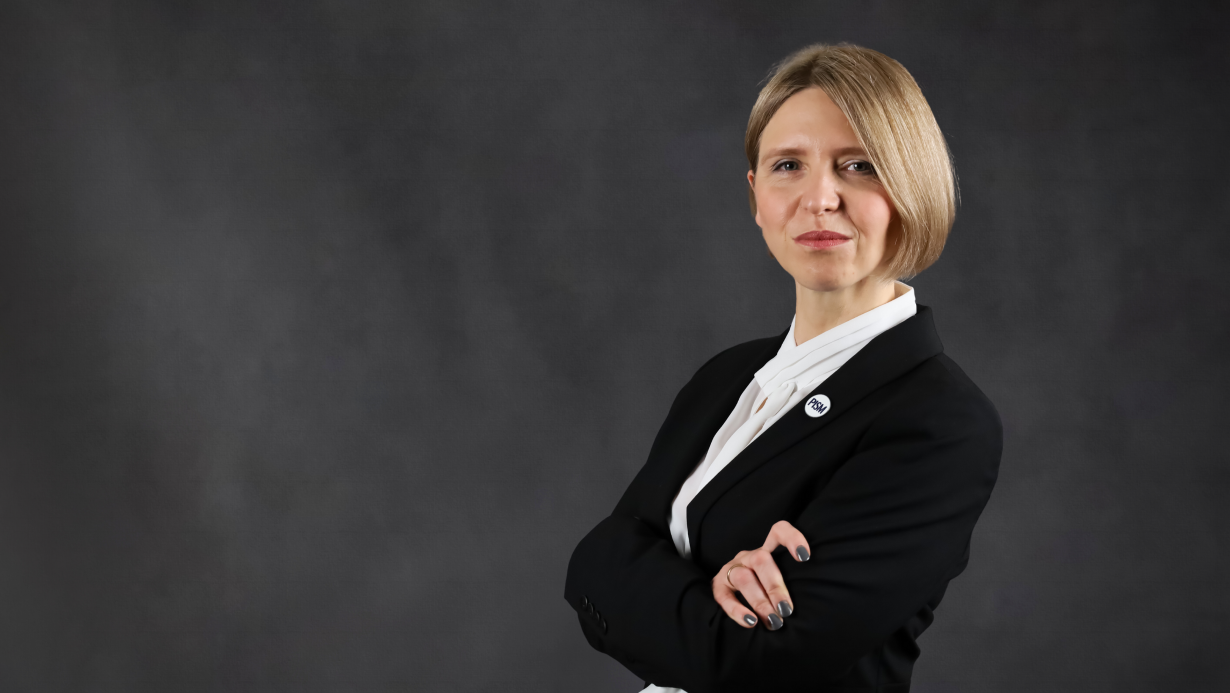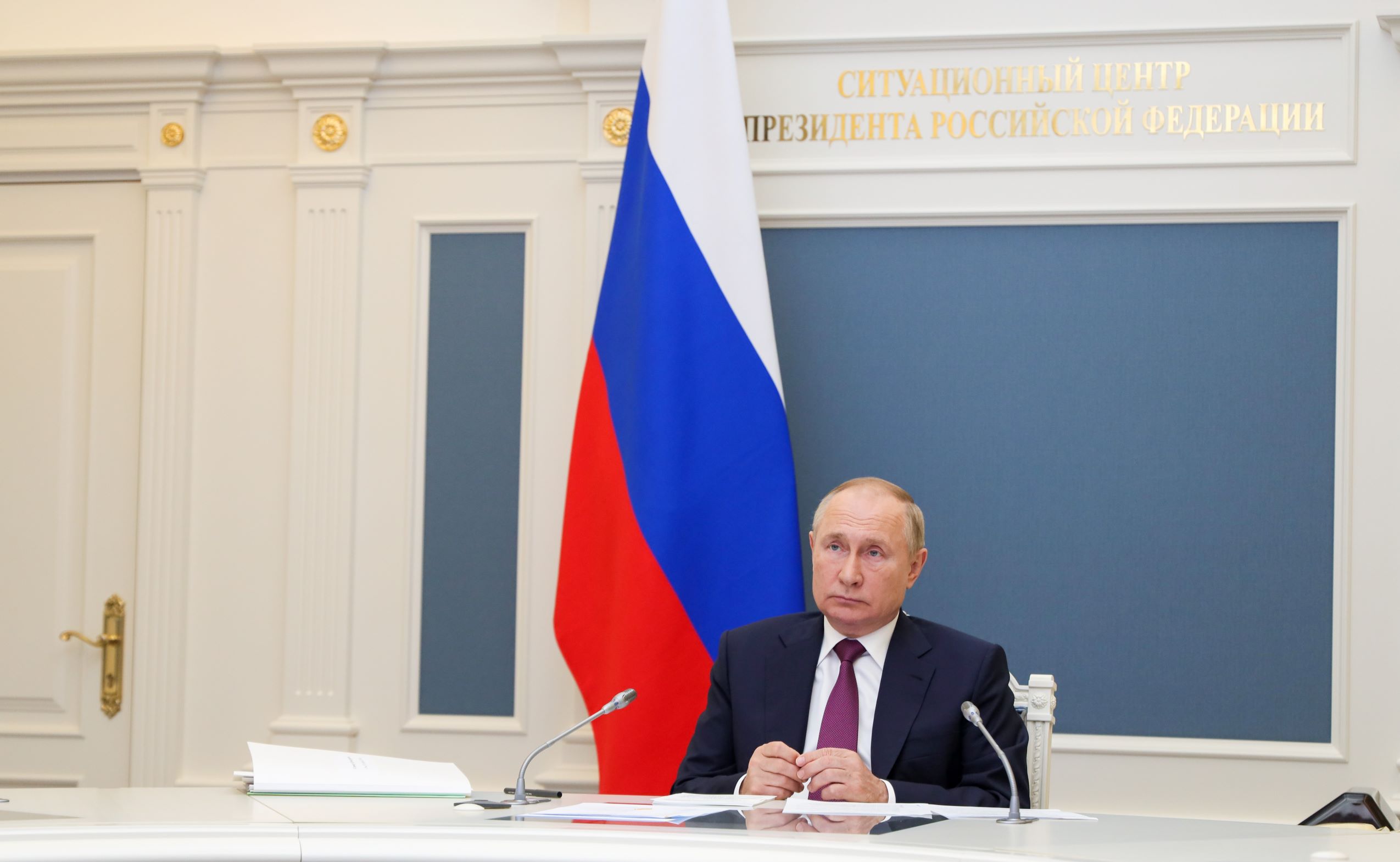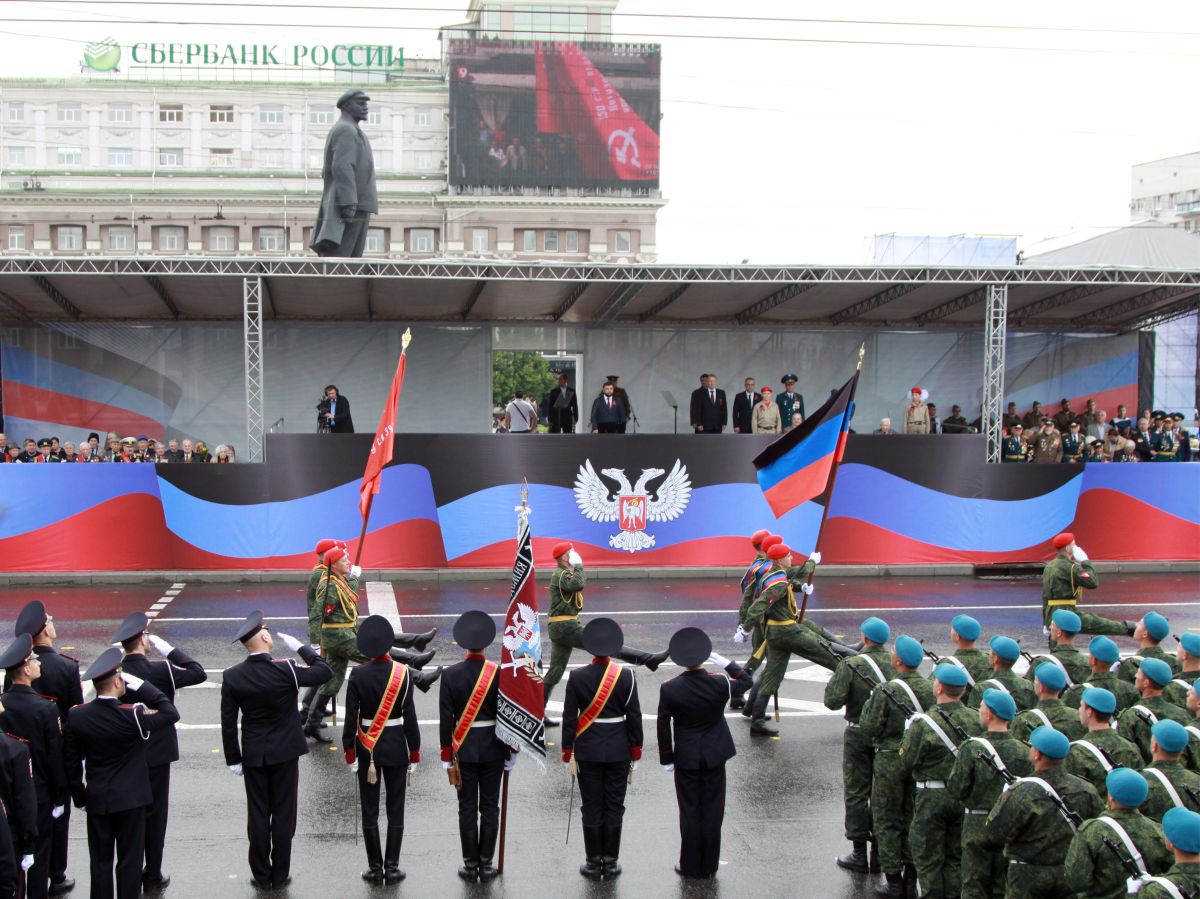Russia Invades Ukraine
On 24 February at about 5 a.m., the Armed Forces of the Russian Federation began shelling Ukrainian units in the east of the country and carried out rocket and bomb attacks on the airports in Borispol, Ozernoye, Kulbakin, Chuguev, Kramatorsk, and Chernobayevka, as well as on other military facilities throughout Ukraine. At the same time, artillery shelling of Ukrainian territory along the border with Russia and Belarus began. Airspace was closed to civilian aircraft.
 Foto: STRINGER / Reuters / Forum
Foto: STRINGER / Reuters / Forum
What did the first military operations look like?
The operations that started in the morning comprised an attack carried out from several directions simultaneously. Particularly intense fighting started in Donbas. Moreover, the Ukrainian services reported that the invasion came not only from Donbas but also from Crimea and Belarus. Russia cut off access to the Sea of Azov.
In addition to the land operation, Russia is using missile attacks on military facilities that are key to Ukraine’s defence capabilities and against critical infrastructure all over the country (e.g., airports, power plants), but these attacks have struck civilian targets as well.
Before the invasion began, there were mass cyberattacks on Ukrainian state and military infrastructure. Psychological operations and disinformation activities are also being carried out, seeking to establish the narrative that the Ukrainian armed forces were not resisting and indicating the success of Russian and so-called separatist (DNR, LNR) troops, as well as highlighting the defeats of Ukrainian units. The Russian Defence Ministry also claimed that Ukrainian troops who lay down their weapons will not be attacked, which is meant to weaken the morale of the defending Ukrainians.
What are the first reactions of the Ukrainian authorities and public?
President Volodymyr Zelensky appealed to the Ukrainian people for calm. He confirmed the Russian attack and the involvement of the Ukrainian Armed Forces in battle. He announced that he would inform the public about the development of events every hour. The Verkhovna Rada has approved the imposition of martial law in Ukraine. For the time being, this means the setting up of checkpoints at city borders and increased checks on citizens. It is also possible the government will introduce a series of restrictions on personal freedoms, including a ban on assembly, movement, the activities of certain political parties or associations that speak out against the independence of the state, and on evacuation. A curfew may be imposed. The authorities and media are calling for calm and are encouraging people to prepare an “evacuation kit” containing essential items and documents, but not to leave their homes without direction first. People are queuing for groceries and ATMs, and the National Bank of Ukraine has limited cash withdrawals to 100,000 hryvnias (around €3,000). In Kyiv and Kharkiv, local authorities decided to introduce free travel on public transport. Ukrainian railways have prepared special evacuation trains from towns near the contact line. Mobile networks and internet are still working, although major service providers are appealing for users not to overload networks and to avoid unnecessary calls.
What did the Russian authorities say about the attack?
In a speech on 24 February, President Vladimir Putin said Russia does not want to occupy Ukraine, but would carry out a “special military operation” in the country aimed at its “demilitarisation and denazification”. He cited a request from the so-called “people’s republics”—the DNR and LNR, recognised by Russia this week as independent states—and a decision by Russia’s Federation Council (the upper house of parliament), which gave the president the right to use Russian armed forces outside the country. Accusing the Ukrainian authorities of “genocide” against the inhabitants of the DNR and LNR, he invoked Art. 51 of the UN Charter. The Russian authorities’ aim seems to be first to destroy Ukraine’s defence potential and then to bring about the overthrow of the government in Kyiv, thereby halting Ukraine’s pro-Western policy course. This means that, in the face of the failure of the attempt to force Ukraine to implement the Minsk agreements, which are unfavourable to it, Russia has decided, through an armed attack and invasion, to prevent Ukraine from continuing its rapprochement with and eventual accession to the European Union and NATO.
What has been the international reaction?
This latest Russian aggression against Ukraine has been condemned by the European Union and NATO. The President of the European Commission, Ursula von der Leyen said that Putin has again brought war to Europe for reasons that cannot be justified. She underlined that Russia’s goal is not only to conquer Donbas and the whole of Ukraine, but to undermine the stability of Europe and the international security order. She also announced that today the EU will present a package of significant and severe sanctions that will be imposed on strategic sectors of the Russian economy. High Representative for Foreign Affairs and Security Policy Josep Borrell also stressed that the EU would react in the toughest possible way and called for Russia’s international isolation.
The NATO Secretary General called on Russia to cease its hostilities immediately. He added that the Alliance would take steps to ensure security for its member states, especially on the Alliance’s Eastern Flank (which includes Poland). Words of condemnation towards Russia and support for Ukraine were also expressed by the majority of leaders of democratic countries.
China, however, has not only failed to condemn Russia but said that it is entitled to make decisions based on its own interests.
What does Russia’s invasion of Ukraine mean for Poland?
The attack on Ukraine has sharply aggravated an already fraught security situation in the region. Although it does not mean Russia will attack NATO countries, consultations with allies were convened at the request of Poland under Art. 4 of the North Atlantic Treaty. Earlier, Alliance members, including the U.S., had deployed additional military units to Poland to strengthen the allied deterrence and defence potential against Russia.
The latest military operations on the territory of Ukraine may result in a significant number of refugees, whom Poland will have to accept and provide with material and psychological support. Polish humanitarian support for Ukraine (including internal refugees) will also be needed, as well as receiving the wounded, in line with previous declarations. This will entail a significant burden on services such as the Border Guard or the military.
The war in Ukraine also increased the need to protect Poland’s border with Russia (Kaliningrad) and Belarus, where Russian troops are stationed and operating from. At the same time, Poland, as well as other NATO countries, may be exposed to hybrid activities, in particular cyberattacks, also against critical infrastructure. A sharp exacerbation of the information war is also expected, such as the transmission of unverified information about actions in Ukraine.







